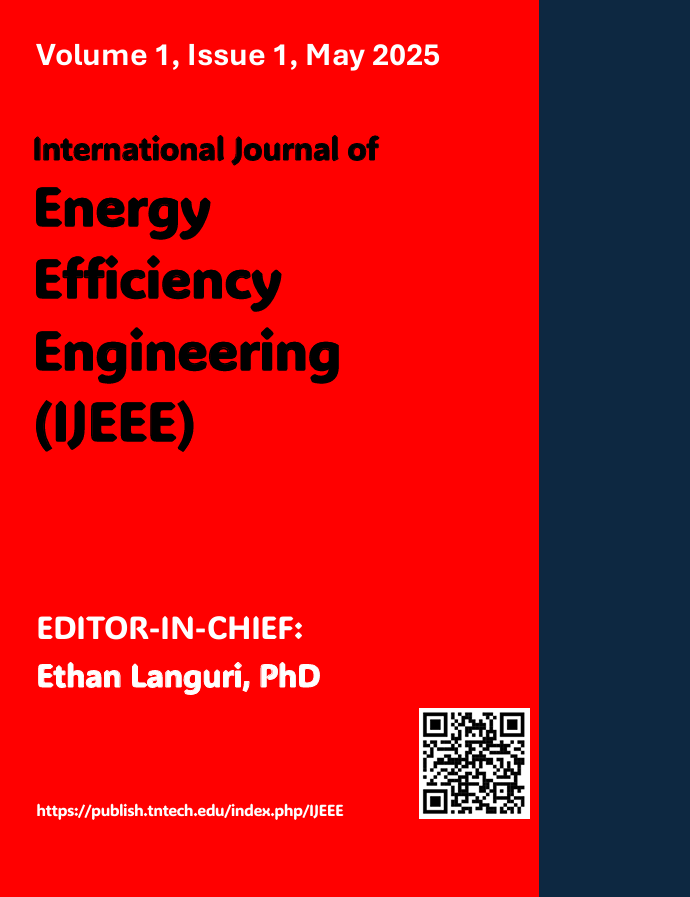Effects of Uncertainty on the Prediction of Energy Consumption of Compressed Air Systems
Keywords:
Compressed air systems, energy consumption, energy efficiency, energy saving, simulation modeling; SimulinkAbstract
Compressed air is an essential part of operations at many industrial and manufacturing plants. For example, compressed air can be used for stamping, clamping, driving power tools, cleaning tools, and powering controls or actuators. Simulink is used to model a continuously operating compressed air system, aftercooler, and heat-rejection system. The three main sources of energy consumed by the system include the energy consumed by the air compressor’s motor, the energy consumed by the aftercooler’s pump, and the energy consumed by the heat-rejection system’s fan motor. Testing agencies test equipment per a standard and document performance results. Regulatory-governmental-agencies select a testing standard and a minimum performance rating. Regulatory agencies allow the manufacturers to advertise and sell their products if, during testing, product performance stays within an allowable tolerance. A typical acceptable tolerance for compressor airflow is between ± 4% and ± 7%, depending on the compressor’s capacity, meanwhile, according to the ASHRAE 90.1, section G, the typical acceptable tolerance for the pump’s waterflow rate is ± 5% of its rated value. Finally, the acceptable fan tolerance is between ± 3% and ± 5% of its rated value. Also, all other equipment in the plant has its own designated tolerances. These tolerances introduce uncertainty in predicting the overall system’s energy consumption. The authors have used the compressor airflow’s allowable tolerance in their compressed air model to evaluate the effects of this uncertainty on a compressed air system’s predicted yearly energy consumption.

